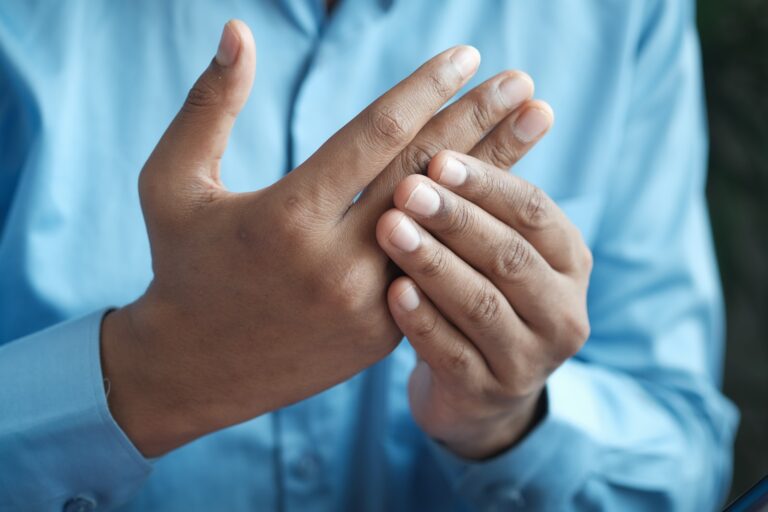The causes of sperm cramps are varied. Detailed discussion of these factors will offer insight into preventative and treatment options.
Typically, a man experiences a sharp pain or dull ache in one or both testicles after ejaculation. This pain can last a few seconds or several minutes. If the pain is frequent or severe, it is important to seek medical advice.
Causes
Occasional pain during or after ejaculation is usually not a cause for concern, but more frequent and severe cramping can signal underlying medical conditions. Men who experience these spasms should seek the guidance of a healthcare professional, who can perform a thorough physical examination and determine the underlying causes.
Pain from sperm cramps typically occurs in the testicles and surrounding areas. The discomfort can range from a dull ache to sharp, intense pain. It may also radiate into the groin area or lower abdomen. In some cases, the affected testicle can appear red, swollen, or tender to the touch. The discomfort from sperm cramps can last for hours, or even days.
There are many factors that can contribute to sperm cramping, including the use of ineffective condoms, vigorous sexual activity, and certain medical conditions. Other causes can include a blockage of the sperm-releasing tubes, or an overproduction of seminal fluid in the prostate. Hormonal imbalances, such as high testosterone levels, can cause the epididymis to enlarge, which may lead to pressure on the testicles.
Psychosomatic factors, which refer to the interaction between psychological processes and physical symptoms, can also cause sperm cramps. Stress and anxiety can increase muscle tension, which can trigger pain in the genital area. In addition, certain foods and rigorous physical exercise can exacerbate the pain. It’s important to identify the pain triggers in order to develop preventative management strategies, such as lifestyle modifications or stress-reduction techniques.
Symptoms
While it’s not commonly discussed, sperm cramps do occur and can be very painful. Typically, they feel like a dull or sharp pain in the testicles and surrounding areas. They can last for a few minutes or hours, and they may radiate to the lower abdomen or groin area. They can also be accompanied by a feeling of pressure on the scrotum and a burning sensation.
These cramps can be a symptom of an infection or other medical condition, such as a urinary tract infection, a sexually transmitted disease, or varicocele, which is the enlargement of veins in the scrotum. They can also be caused by injury to the testicles, including trauma from sports or vigorous sexual activity, and they can be a side effect of some medications.
The most important thing to do when you experience sperm cramps is to see a medical professional. They will be able to evaluate the cause of your symptoms and recommend an appropriate course of treatment. Treatment options for sperm cramps may include over-the-counter or prescription medication, rest, and physical therapy. In some cases, surgery may be necessary to address the underlying cause of the pain. Additionally, practicing stress-reduction techniques and using a lubricant during sexual activity can help reduce friction and alleviate pain. It is also a good idea to talk with your partner about what you’re experiencing to establish open communication.
Treatment
There are various treatment options for sperm cramps, including pain medications and lifestyle changes. Those who are experiencing sperm cramps should work with a healthcare professional to develop a plan that works best for them. This may include discussing sexual activity, identifying any specific triggers, and establishing preventive strategies.
To begin, individuals may want to keep a record of their symptoms, including the frequency and severity of the cramps. This information can help a healthcare provider understand the extent of the issue and how it affects a person’s quality of life. It can also indicate whether medical attention is needed immediately or if home remedies can be used first.
The most common treatment for sperm cramps is over-the-counter pain relievers, such as ibuprofen. In severe cases, a doctor may prescribe stronger pain medications. Using a lubricant during sexual activity can also help reduce friction and alleviate pain. Additionally, practicing relaxation techniques can decrease stress levels and relax pelvic muscles.
A healthcare professional can also conduct a physical examination to determine the cause of the cramps. They can examine the area for signs of swelling or tenderness and perform diagnostic tests, such as ultrasound, to assess blood flow to the testicles. A patient’s health history will also be taken into account, as this can influence the cause of sperm cramps.
Prevention
The treatment options for sperm cramps can vary and are dependent on the underlying cause. However, there are a few things that can help: Using lubricant during sexual activity can reduce friction and cramping. Practicing relaxation techniques like meditation and yoga can help reduce muscle tension. Keeping the genital area clean and dry can also prevent infections, which can cause cramping. Taking a multivitamin can support overall health and fertility. Drinking water can help prevent dehydration, which can worsen sperm cramps.
In addition, individuals should perform regular testicular self-examinations to help identify any changes in their scrotum or testicles and seek medical attention accordingly. Lastly, individuals should be aware of any red flags or warning signs, such as severe pain that lasts for several hours after ejaculation, blood in the semen, difficulty urinating, or swelling or lumps in the genital area, which may indicate a serious condition and require immediate medical attention.
Sperm cramps are a common condition that affects men of all ages. They are not a sign of infertility and can be easily treated with simple home remedies or over-the-counter medications. However, if you are experiencing frequent or severe sperm cramps, it is important to seek medical attention as the symptoms could be a sign of a more serious condition. Talk to a healthcare professional to find the right treatment plan for you.
See Also:



